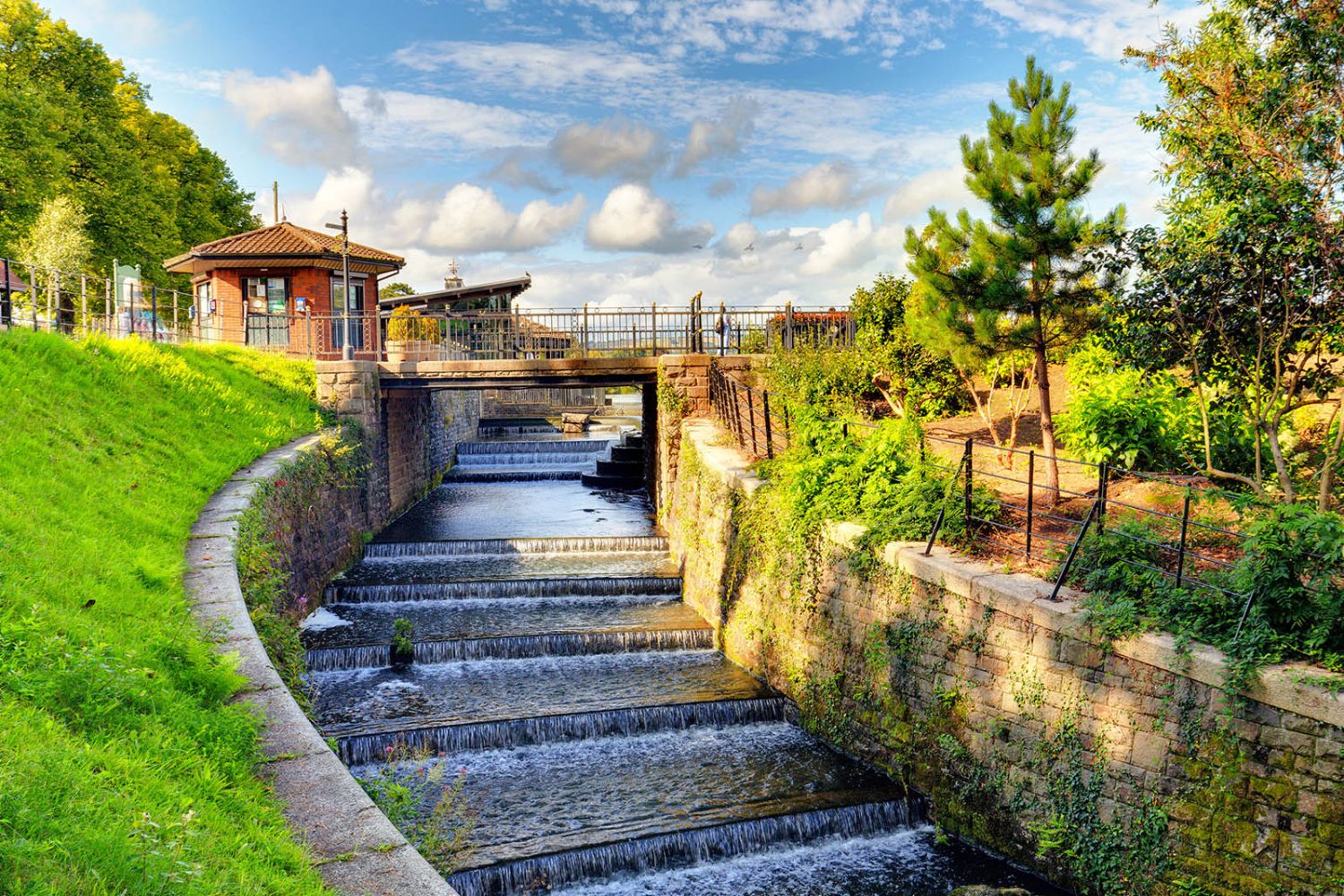How and when are stakeholders and local communities going to be engaged?
A first phase of engagement was undertaken in October 2021 and this was to introduce the scheme to the community prior to ground investigation works taking place in November 2021.
A second phase of engagement was undertaken in December 2022 and this was to present the optioneering and preferred option to the community. Material from this engagement can be viewed online.
We are committed to working with the local community to ensure they understand the work involved. There will be pre-application consultation prior to the planning application being submitted, in order to give the community and stakeholders an opportunity to give feedback on the proposals.
How will the community and stakeholders be given feedback and kept informed of the project’s progress?
If you have any queries or require further information about the project, please contact the project team by telephone, 02920 130 061, or email roathparkdam@grasshopper-comms.co.uk Updates will be issued on Cardiff Council’s social media channels and this website, as well as issuing newsletter updates to those who live close to the site.
Who is being consulted about the project?
We have undertaken an extensive stakeholder mapping exercise identifying key stakeholders in the community who should be engaged.
A core consultation zone has been defined with includes 4831 households and 59 businesses in street around Roath Park and the recreation ground.
Grasshopper Communications is leading regional and local stakeholder engagement including the following sectors: heritage, recreation and outdoors, faith, public services, utilities and infrastructure, environment and sustainability, tourism and economic development, further education and university, transport, local businesses, community facilities, schools, community groups and equalities.
Cardiff Council is leading on political stakeholder engagement including Members of Parliament, Senedd Members and ward councillors.
Press releases, a social media campaign and posters in the park will be used to inform the wider community of Cardiff and beyond.
How will the community and stakeholders’ views be considered?
We welcome feedback on the project and will seek to address issues that arise. Feedback submissions will be considered before submitting the planning permission.






